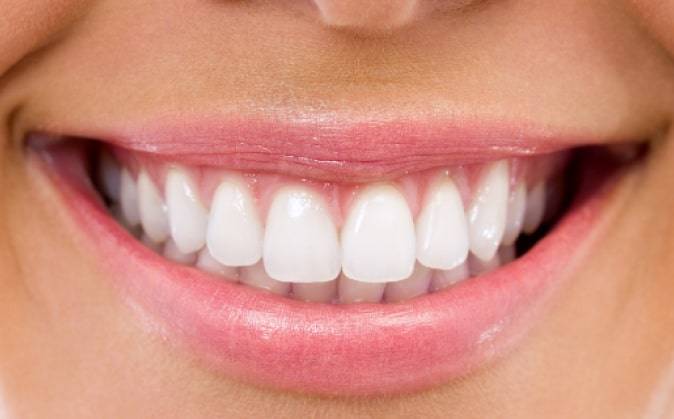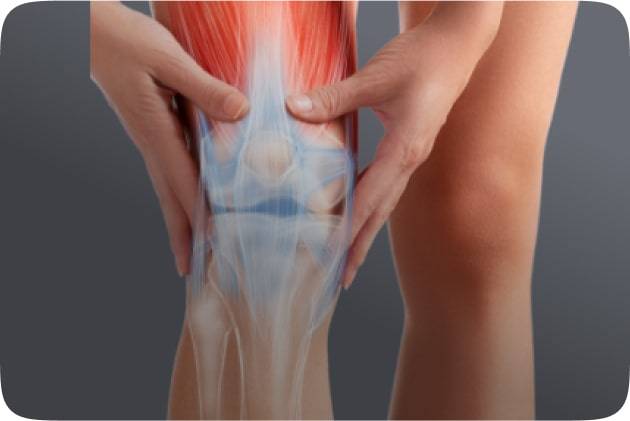Are You Suffering From Acne, Psoriasis, or Eczema? Try Mud Therapy: The Drugless Remedy
Mud Therapy: A Natural Remedy for Skin Condition
Our skin is the largest organ of our body and plays a crucial role in protecting us from external elements. However, many people suffer from various skin conditions like psoriasis, eczema, and acne, which can be uncomfortable and sometimes challenging to manage. While modern medicine offers effective treatments, alternative therapies like mud therapy have gained popularity for their potential benefits in alleviating skin conditions. In this blog, we will explore the effectiveness of mud therapy, its benefits, success rates, treatment duration, age preference, and more.
Understanding Mud Therapy
Mud therapy, also known as pelotherapy, involves the application of mineral-rich mud or clay on the affected skin areas. The mud used for this therapy is often sourced from natural mineral deposits and may contain essential minerals such as magnesium, calcium, silica, and sulfur. These minerals are believed to have healing and soothing properties, which can benefit individuals with certain skin conditions.
Treatment Effectiveness
Mud therapy has been found to be particularly beneficial for the following skin conditions:
- Psoriasis: Psoriasis is an autoimmune skin disorder characterized by red, scaly patches on the skin. The application of mud can help moisturize and exfoliate the affected areas, reducing dryness and itchiness.
- Eczema: Eczema is a chronic inflammatory condition that leads to itchy, red, and inflamed skin. Mud therapy may help soothe irritated skin and reduce inflammation.
- Acne: Acne is a common skin condition caused by clogged pores and bacterial growth. The natural antibacterial properties of mud can help cleanse the skin and reduce acne breakouts.
Benefits of Mud Therapy
The benefits of mud therapy for skin conditions are multifaceted:
- Cleansing and Exfoliation: Mud therapy acts as a natural cleanser, removing impurities, dead skin cells, and excess oil from the skin surface.
- Soothing and Moisturizing: The minerals present in mud can have a calming effect on irritated skin and help retain moisture.
- Improved Blood Circulation: The application of mud can enhance blood circulation in the treated areas, aiding in the healing process.
- Natural and Chemical-Free: Mud therapy is a natural and chemical-free treatment option, making it a preferred choice for those who prefer holistic approaches.
Statistical Success Rate and Evidence
While mud therapy has been used for centuries in various cultures, scientific studies evaluating its effectiveness on specific skin conditions are relatively limited. However, some small-scale studies and anecdotal evidence suggest positive outcomes for individuals with psoriasis, eczema, and acne.
In a study published in the International Journal of Dermatology, researchers found that mud therapy helped improve symptoms and quality of life for psoriasis patients. Similarly, a study published in the Journal of Cutaneous Medicine and Surgery reported improvements in eczema symptoms after mud therapy. It is important to note that individual responses to mud therapy may vary, and it should not be considered a substitute for conventional medical treatments.
Treatment Duration and Sessions
The treatment duration and the number of sessions required for mud therapy depend on the severity of the skin condition and individual response to the treatment. In general, a course of mud therapy may involve several sessions spread over a few weeks or months. Most practitioners recommend an initial trial of 4 to 6 sessions to assess the treatment’s efficacy for a particular individual.
Age Preference and Precautions
Mud therapy is generally safe for people of all ages, including children and the elderly. However, it is essential to consult a qualified healthcare professional or a licensed mud therapist before undergoing the treatment, especially for young children and those with underlying health conditions.
Individuals with open wounds, cuts, or infections on the skin should avoid mud therapy, as it may exacerbate the condition. Furthermore, individuals with allergies to any components in the mud should exercise caution or refrain from the therapy altogether.
Conclusion
Mud therapy, with its natural cleansing, exfoliating, and soothing properties, holds promise as a complementary treatment for certain skin conditions like psoriasis, eczema, and acne. While scientific evidence supporting its effectiveness is somewhat limited, anecdotal evidence and small-scale studies suggest potential benefits. If you are considering mud therapy, it is crucial to consult a qualified healthcare professional to ensure it complements your existing treatment plan. Remember, individual responses to the therapy may vary, so be patient and allow enough time to assess its effectiveness for your specific skin condition.










